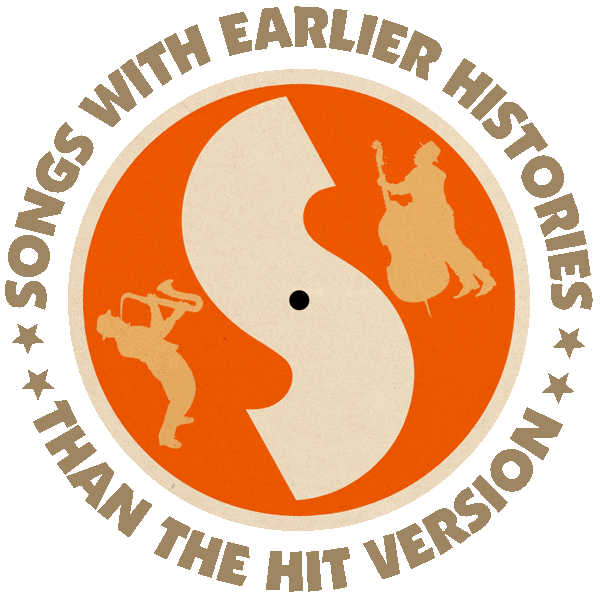First recorded (as “Sentimental Reasons”) by Deek Watson & His Brown Dots (1945).
Hit versions by The King Cole Trio (US #1 1946), Eddy Howard & His Orchestra (US #6 1947), Dinah Shore (US #6 1947), Ella Fitzgerald & Delta Rhythm Boys (US #8 1947), Sam Cooke (US #17/R&B #5 1957), James Brown (R&B #70 1976).
Also recorded by James Brown (1969), Linda Ronstadt (1986), Rod Stewart (2004).
From the wiki: “‘(I Love You) for Sentimental Reasons’ was written in 1945 by Ivory ‘Deek’ Watson, founding member of the Ink Spots, and William ‘Pat’ Best, founding member of the Four Tunes. The song was first recorded by The Brown Dots, a group Watson had first formed as the ‘New Ink Spots’ after he left the original group in a dispute. The original Ink Spots then filed a lawsuit to force Watson from using its name, resulting in Watson changing his ‘Ink Spots’ name, just barely, to ‘The Brown Dots’.
“The Brown Dots’ original recording of ‘Sentimental Reasons’ was first recorded and released in 1945 as the B-side of their second single, ‘Let’s Give Love Another Chance’. In 1946, it was released again – as an A-side – but it did not chart nationally.


